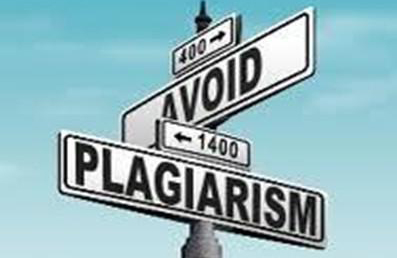
Dialogue in fiction: Part II – The essentials
In this article, Part II of a five-part series on writing effective fiction dialogue, I’ll look at creating realism through artifice, dialogue’s four primary purposes (creating emotional tension and conflict, advancing the plot, providing information and backstory, and conveying character), and how to create distinction between characters. Writing effective dialogue for your fictional characters is just one of many important skills to master if you want to be a successful fiction writer, and often it’s not one that comes naturally or instinctively. It takes study and practice.




